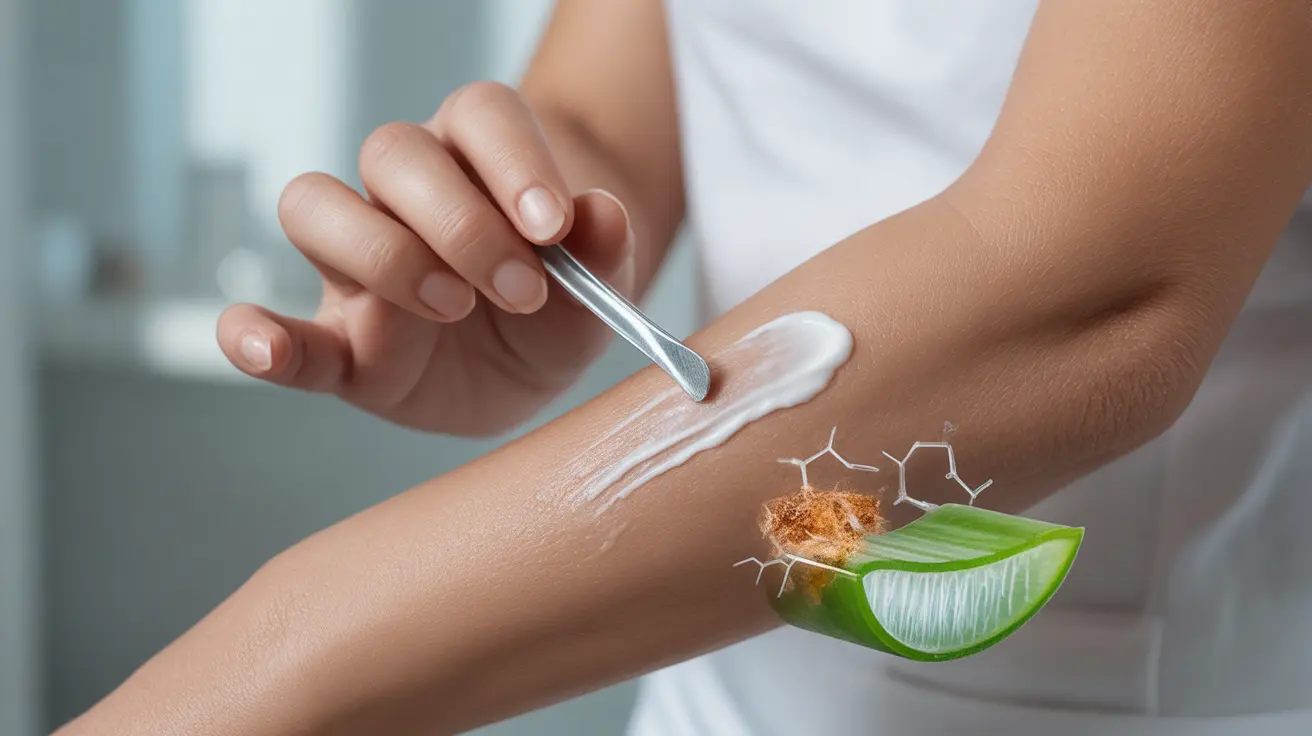Dealing with ingrown hairs can be both painful and frustrating. These pesky skin conditions occur when hair grows back into the skin instead of rising to the surface, often leading to inflammation, redness, and discomfort. Understanding the best ingrown hair treatment options can help you effectively manage and prevent this common concern.
Whether you're dealing with razor bumps after shaving or experiencing persistent ingrown hairs from waxing, the right treatment approach can make a significant difference in your skin's health and appearance. Let's explore the most effective solutions and prevention strategies available.
Key Ingredients for Effective Ingrown Hair Treatment
The most successful ingrown hair treatments typically contain specific active ingredients that work to exfoliate, soothe, and heal affected areas:
- Salicylic Acid (BHA)
- Glycolic Acid (AHA)
- Tea Tree Oil
- Aloe Vera
- Witch Hazel
- Benzoyl Peroxide
These ingredients work together to reduce inflammation, prevent infection, and help release trapped hairs from beneath the skin's surface.
Understanding How Treatment Creams Work
Effective ingrown hair treatments work through multiple mechanisms to address the root causes of the condition:
Exfoliation Process
Chemical exfoliants like salicylic acid and glycolic acid work by gently removing dead skin cells that can trap hairs beneath the surface. This process helps existing ingrown hairs emerge while preventing new ones from forming.
Anti-inflammatory Action
Ingredients such as aloe vera and witch hazel help reduce redness, swelling, and discomfort associated with ingrown hairs. These natural anti-inflammatory agents can provide immediate relief while supporting the skin's healing process.
Proper Application Techniques
To maximize the effectiveness of ingrown hair treatments:
- Cleanse the affected area thoroughly before application
- Apply treatment products gently using clean fingers or a cotton pad
- Use circular motions to help lift trapped hairs
- Allow products to fully absorb before putting on clothing
- Follow specific product instructions for frequency of use
Prevention Strategies
The best approach to managing ingrown hairs combines treatment with prevention:
Pre-Hair Removal Care
Proper preparation before hair removal can significantly reduce your risk of developing ingrown hairs:
- Exfoliate 24 hours before hair removal
- Use warm water to soften the hair and skin
- Always use sharp, clean razors or properly maintained waxing equipment
- Apply appropriate shaving products or pre-wax preparations
Post-Hair Removal Routine
What you do after hair removal is equally important:
- Apply soothing, alcohol-free products immediately after
- Use preventive treatments containing exfoliating ingredients
- Avoid tight clothing on freshly treated areas
- Maintain regular exfoliation between hair removal sessions
When to Seek Medical Help
While most ingrown hairs can be treated at home, some situations require professional medical attention. Watch for signs such as:
- Severe or spreading infection
- Persistent pain or inflammation
- Development of large or multiple cysts
- Scarring or skin discoloration
- Fever or other systemic symptoms
Frequently Asked Questions
What are the most effective ingredients to look for in the best ingrown hair treatment creams?
The most effective ingredients include salicylic acid and glycolic acid for exfoliation, tea tree oil for its antimicrobial properties, and soothing agents like aloe vera and witch hazel. These ingredients work together to prevent and treat ingrown hairs while reducing inflammation.
How do exfoliating creams with salicylic acid or glycolic acid help treat and prevent ingrown hairs?
These acids work by breaking down dead skin cells and removing the barrier that traps hairs beneath the skin. This exfoliation process helps release existing ingrown hairs and prevents new ones by keeping pores clear and allowing hairs to grow properly to the surface.
What is the proper way to use creams or serums to reduce pain and inflammation from ingrown hairs?
Apply treatment products to clean, dry skin using gentle circular motions. Use once or twice daily, depending on the product's instructions, and always allow the product to fully absorb. Avoid harsh rubbing or picking at the affected area.
How can I prevent ingrown hairs after shaving or waxing using topical treatments and skincare routines?
Establish a routine that includes regular exfoliation, proper hair removal techniques, and consistent use of preventive products. Apply treatments immediately after hair removal, maintain good skin hygiene, and avoid tight clothing that might irritate the skin.
When should I see a doctor for ingrown hairs that do not improve with over-the-counter treatments?
Seek medical attention if you experience signs of infection (severe redness, warmth, or pus), persistent pain, development of cysts, or if the condition doesn't improve after 2-3 weeks of home treatment. Also consult a healthcare provider if you develop fever or the affected area continues to expand.




